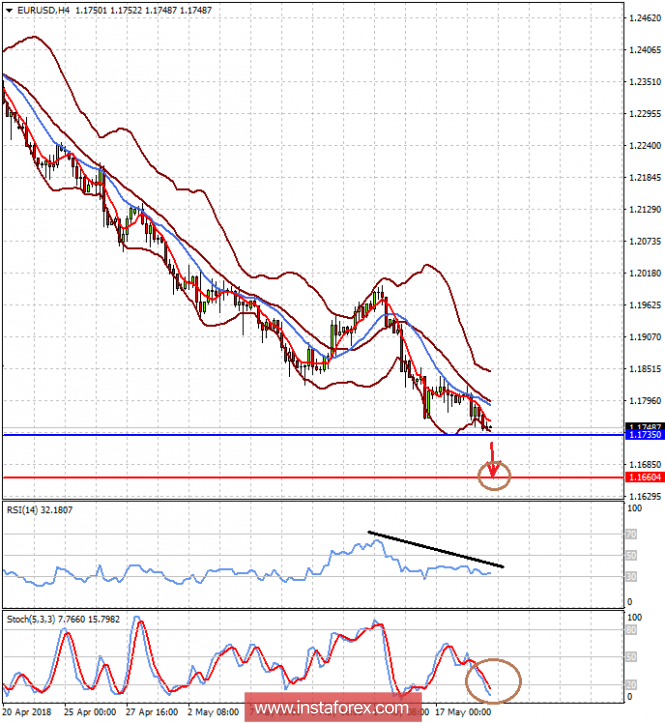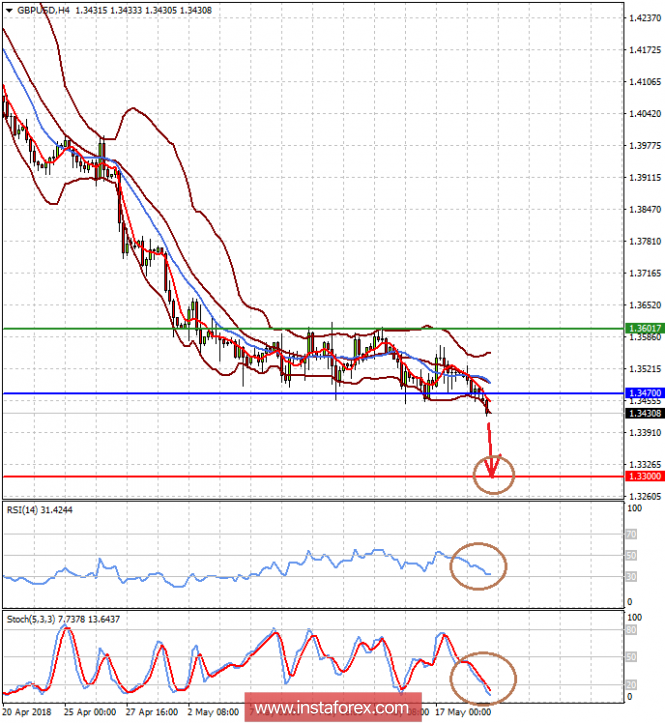The US dollar was in demand again last week, supported by the resumption of growth in yields of government bonds of the US Treasury.
The dollar continues to receive significant support. Its index, reflecting the dynamics of the basket of major currencies, resumed growth last week after a period of uncertainty, which was the year before, reaching 93.58 points. In fact, we can say that the dollar rally in the foreign exchange market continues, which began exactly a month ago.
As for the causes of this phenomenon, it lies on the surface. The first and most important is that the Fed continues the process of hiking interest rates, the second reason is the growth of profitability against the background of raising the cost of borrowing. And the third is not a merit of the dollar, it is a clear weakness of almost all major currencies which are likely to remain under pressure for some more time due to the fact that central banks whose currencies are traded on the Big Forex against the dollar most likely will not speed up the process of hiking interest rates or stopping incentive measures, as in the case of Japanese Central Bank.
Last week, the markets had to again recall the fragility of hopes that liquidity conditions would remain at low levels as before. The increase in the yield on the benchmark 10-year Treasury note above the key level of 3.0% and consolidation above it is a strong signal, in fact it suggests burying the financial conditions that ruled the markets in the last ten years. Such dynamics of events that occurs in the United States suggests that the financial world, as well as world markets are on the threshold of significant changes that are sure to have an impact.
But back to the events of Friday, which once again confirmed our assumption that the world's central banks will not hurry to follow in the footsteps of the American regulator. On the one hand, this is due to the slowdown in economic growth, as in the UK, on the other, the slowdown in inflation in the Eurozone, Japan and Canada.
On Friday, the published data of the consumer price index (CPI) of Canada in annual terms showed a decline in growth to 2.2% from 2.3%, the monthly value of the indicator, however, managed to maintain an increase of 0.3%, but the basic retail sales index fell by 0.2%, while its growth was expected to be 0.5% in March against zero.
Assessing the published figures, we can say with a great deal of confidence that the Bank of Canada can suspend its desire to continue to hike interest rates, which in fact led to the weakening of the Canadian currency on the last day of the week.
And considering, at least, the short-term prospects of the currency market, I noticed that the probability of continued growth of the dollar remains extremely high.
The forecast for today:
The EUR/USD pair remains in a short-term downtrend. It is trading above 1.1735 on the wave of falling expectations that the ECB will radically change its monetary rate, as well as a high probability that the yield of US government bonds will continue to grow supporting the dollar. Against this background, the pair may fall to 1.1660 after a decline below the mark of 1.1735.
The GBP/USD pair broke out of the prolonged period of consolidation, falling below the mark of 1.3470, which opens the way for it to fall to 1.3300.


